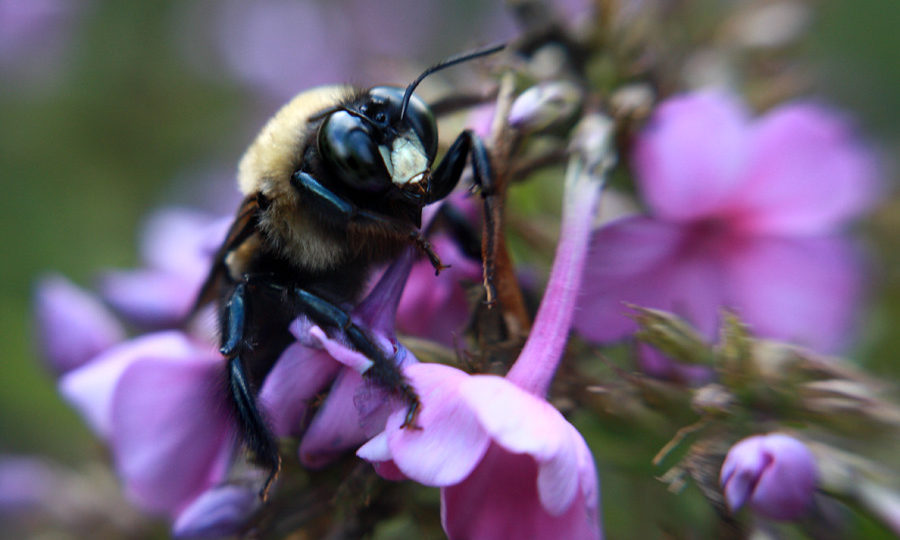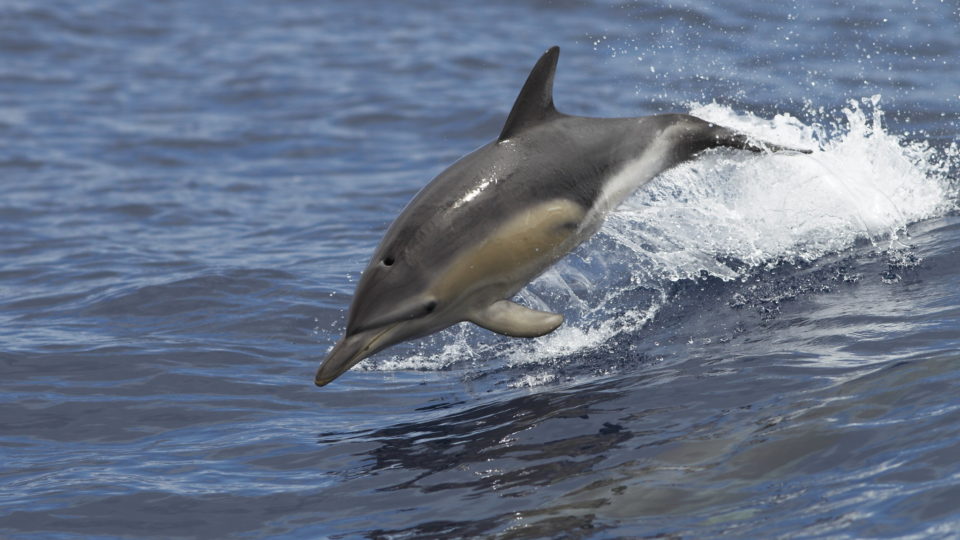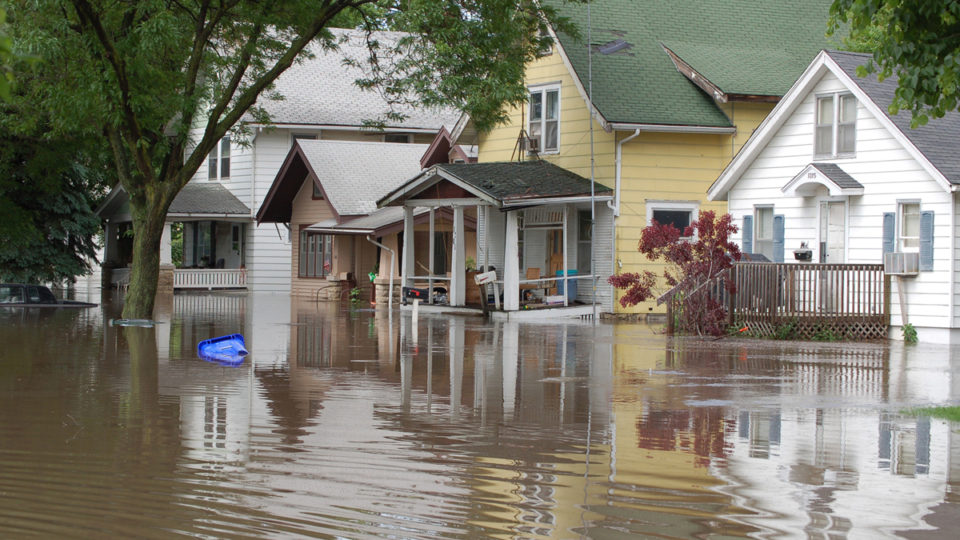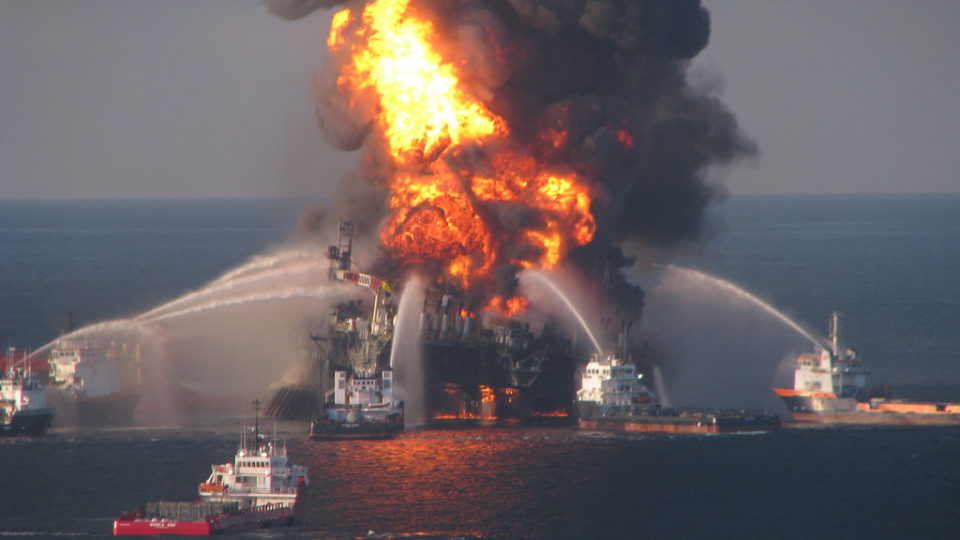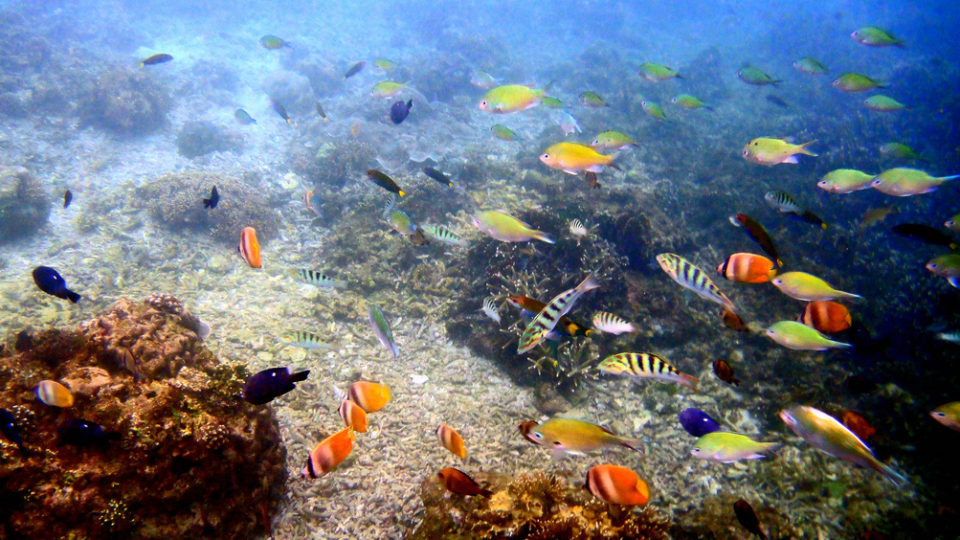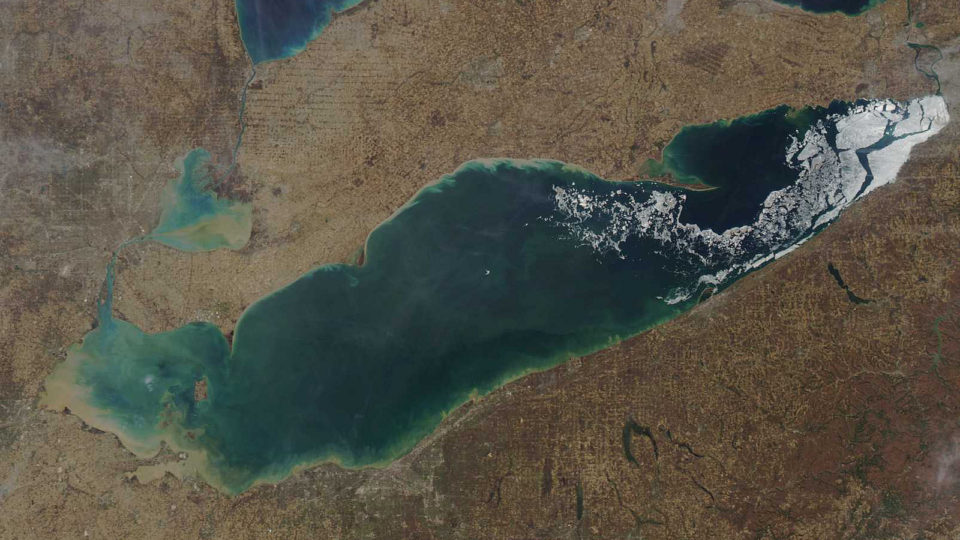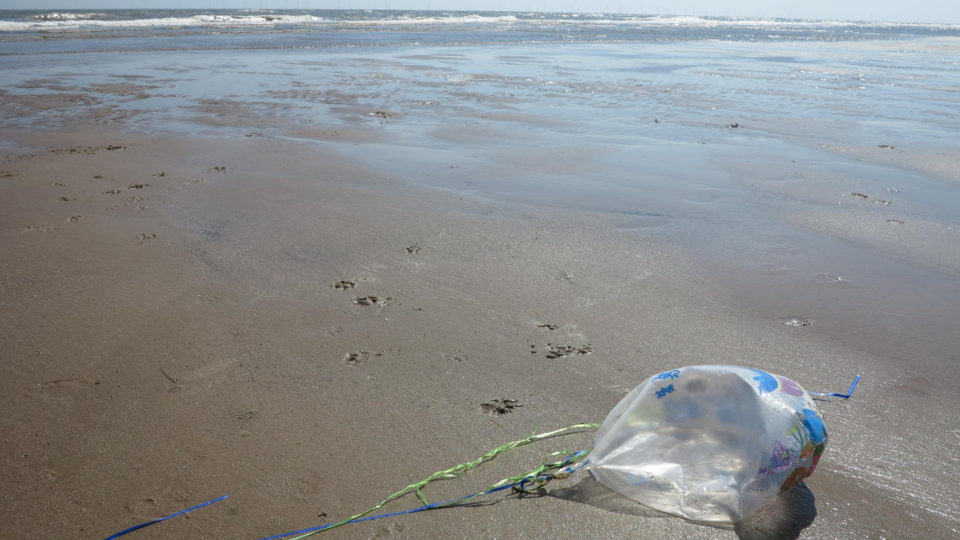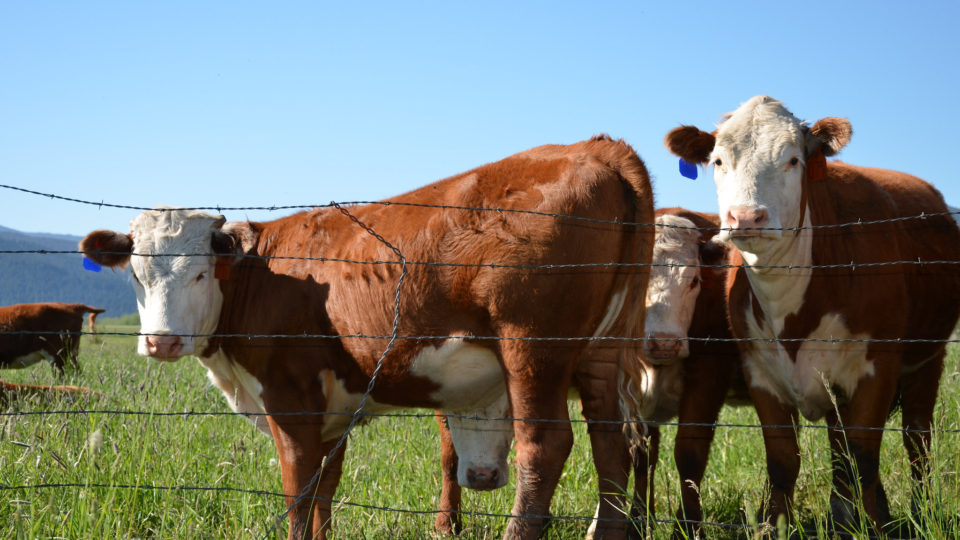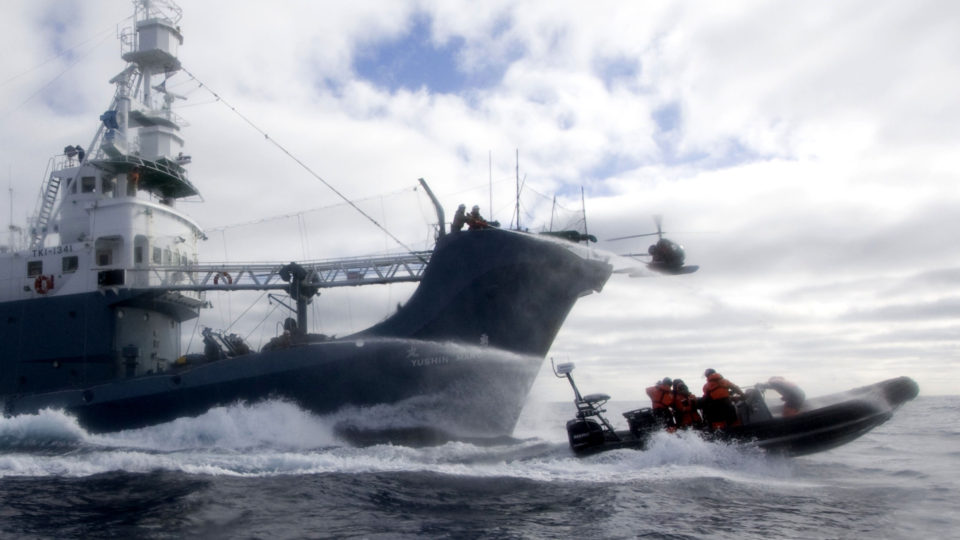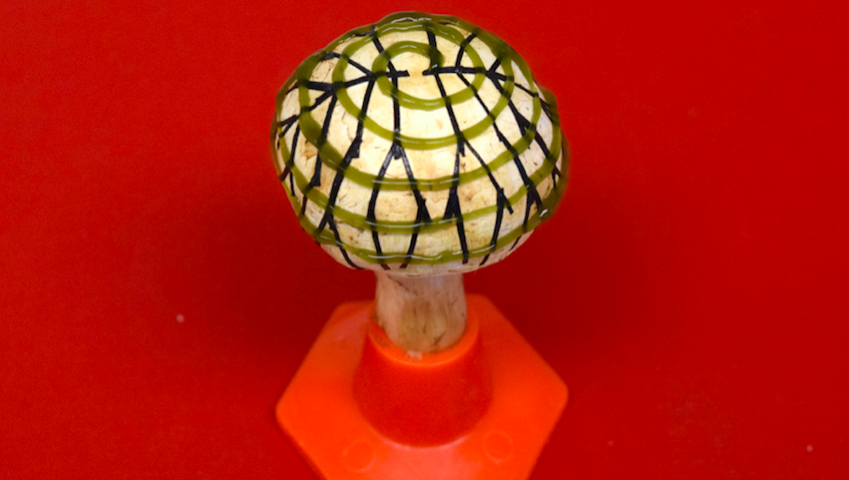Pollinators, such as bees and bats, are vital for global food production. They provide an ecological service that’s necessary for the reproduction of nearly 75% of the world’s flowering plants, including more than two-thirds of the world’s food crops.
Bumblebees are among the most important plant pollinators. They pollinate many food crops, including apples, tomatoes, blueberries and legumes, as well as countless types of trees, shrubs, and wildflowers. But researchers have documented declines in both the abundance and range of many bumblebee species.
The American bumblebee, which is native to North America, is one of them. The species can currently be found in eastern Canada, throughout much of the Eastern United States, and much of Mexico.
According to a new study led by York University and recently published in the Journal of Insect Conservation, the American bumblebee is critically endangered, and it faces imminent local extinction from Canada. This is considered the highest and most at-risk classification before extinction.
The researchers used data from three sources in their study: the Bumble Bee Watch (which is a citizen science project), the Bumble Bees of North America database (that has records dating back to the late-1800s), and their own field survey work. They used the IUCN’s Red List assessment criteria to evaluate the status of the American bumblebee within its Canadian range.
The research team found that the species’ area of occurrence has decreased by approximately 70% and its relative abundance dropped by 89% from 2007-2016 when compared to 1907-2006.
The American bumblebee can still be found throughout its Canadian range. But immediate conservation action is desperately needed.
*********
Web Links
Disappearing bumblebee species under threat of extinction
Photo, posted August 22, 2011, courtesy of Rachel Elaine via Flickr.
Earth Wise is a production of WAMC Northeast Public Radio.
